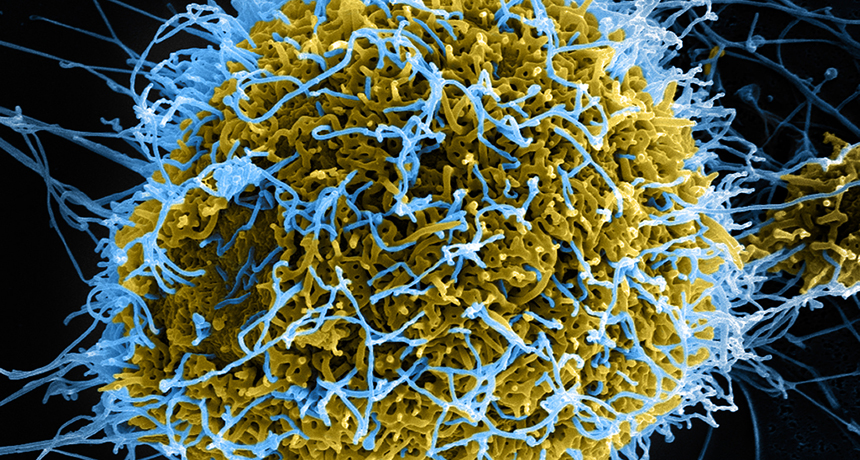Scientists Say: Virulence
There’s a word to describe how potent a virus or bacteria is in being able to cause disease

Some germs cause disease easily, but others require more exposure. This is a difference in virulence.
NATIONAL INSTITUTE OF ALLERGY AND INFECTIOUS DISEASE







